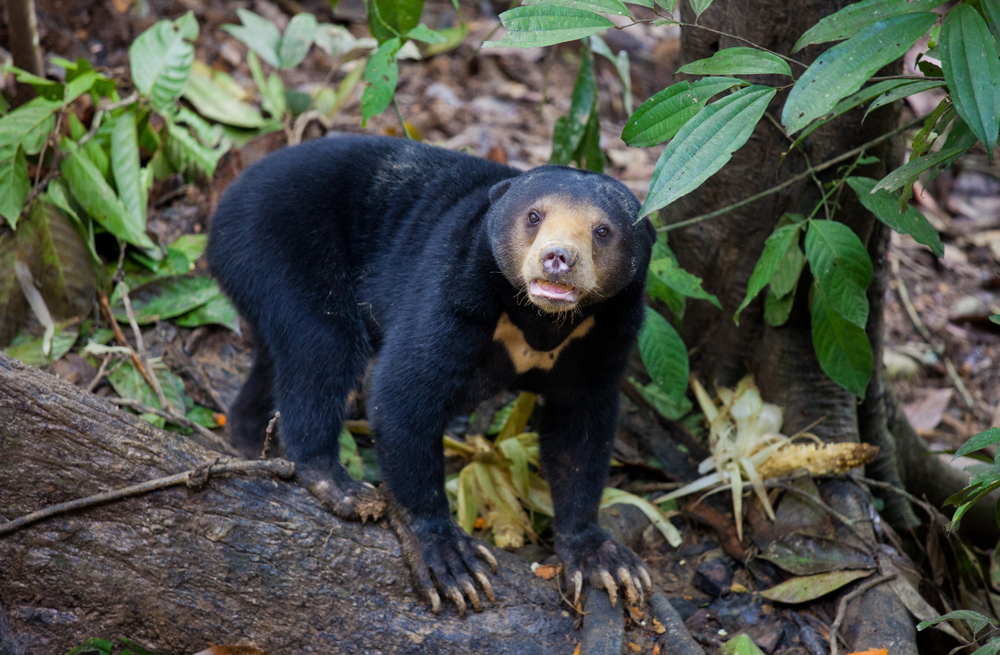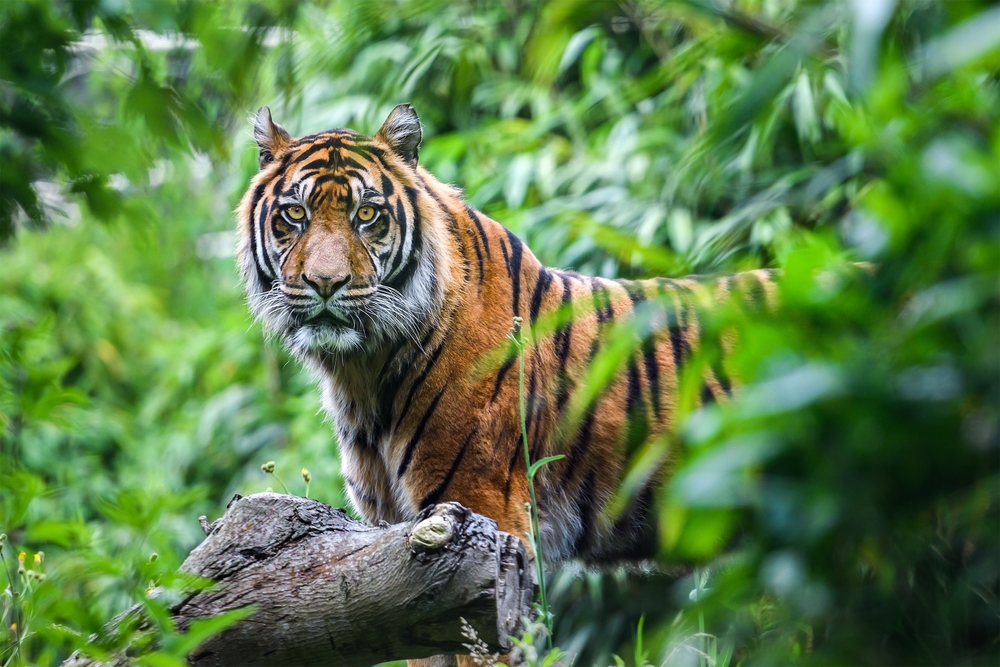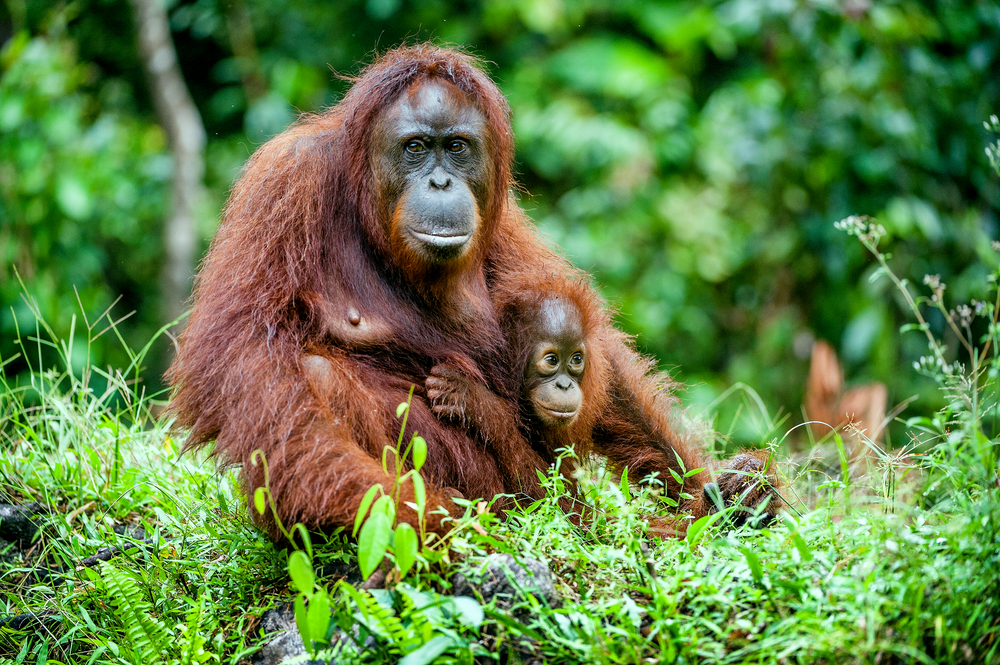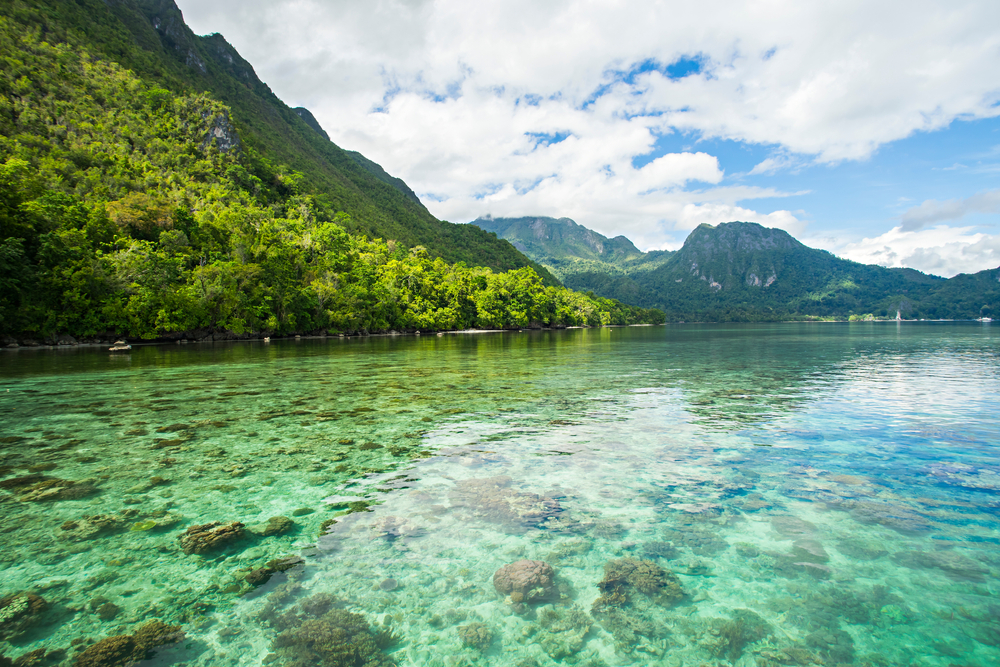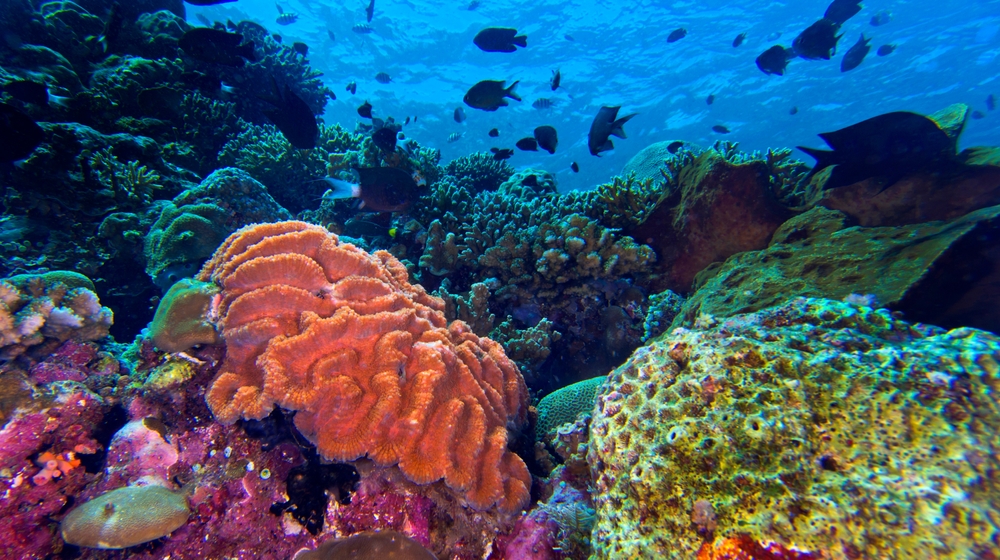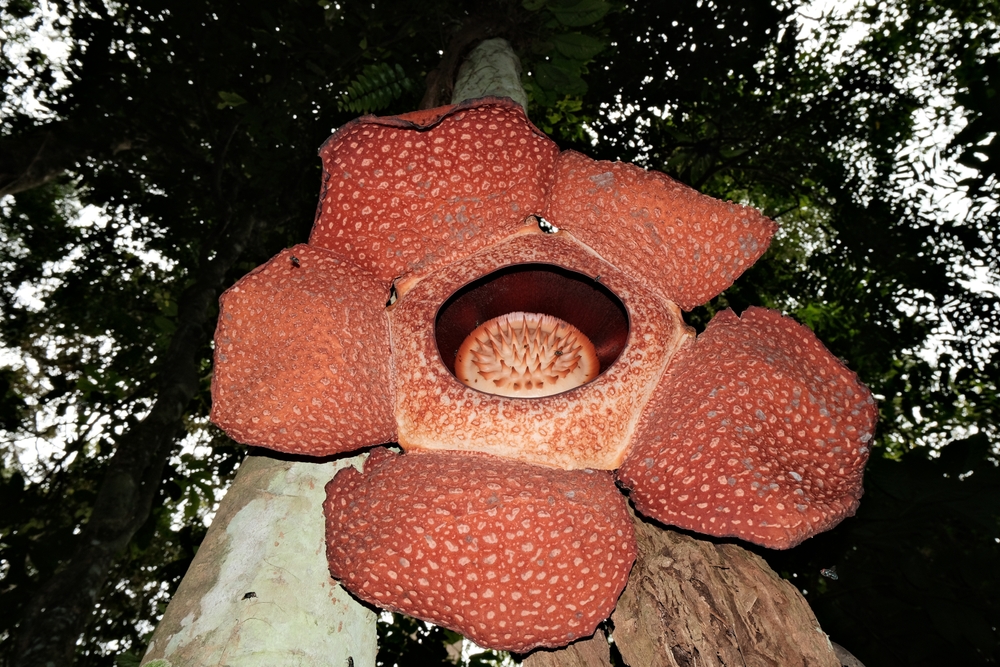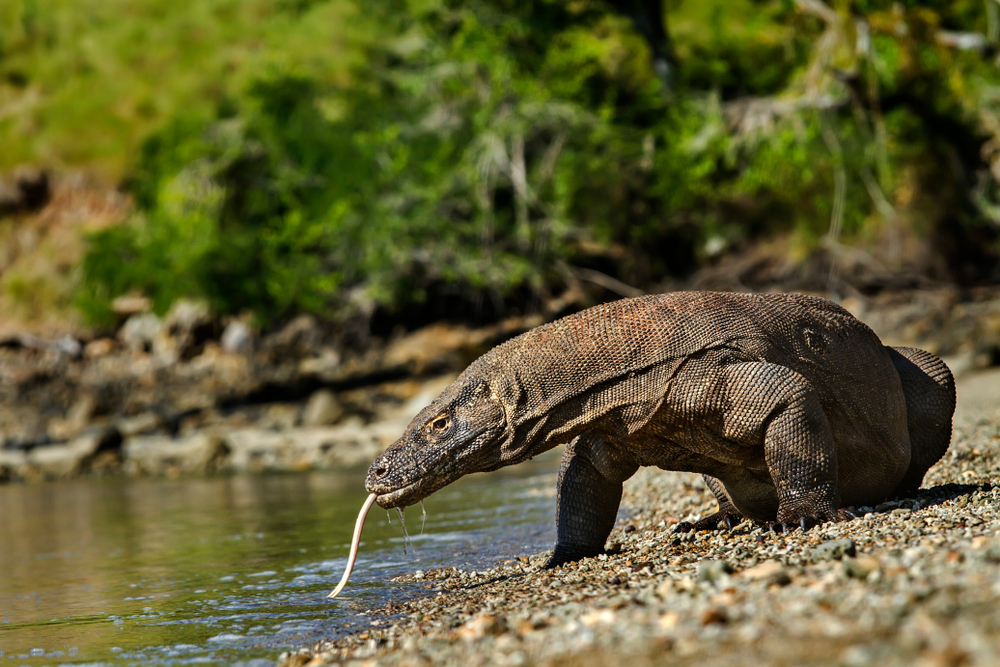Bukit Baka Ukit Raya Overview
Bukit Baka Bukit Raya National Park, also referred to as Taman Nasional Bukit Baka Bukit Raya in the local Indonesian language, spans a vast area of approximately 3,818 square miles (9,901 square kilometers).
Located on the island of Borneo, the park straddles the border between the provinces of West Kalimantan and Central Kalimantan, offering a unique and biodiverse haven in Indonesia’s tropical heartland. It is named after its two prominent peaks, Bukit Baka and Bukit Raya, both part of the Schwaner Mountain Range.
The park’s terrain is a captivating mix of steep hills, valleys, and dense tropical rainforest, with elevations ranging from about 492 feet (150 meters) to 7,352 feet (2,241 meters) at Bukit Raya, the highest peak in Kalimantan. The area is rich in water resources, with rivers like the Melawi and Katingan originating here, carving deep gorges and supporting lush riverine ecosystems.
The vegetation is dominated by primary and secondary rainforests, with towering dipterocarp trees, orchids, and dense undergrowth providing a vibrant green canopy. Unique plant species like Nepenthes (pitcher plants) and Rafflesia, known for their enormous flowers, add to the park’s botanical allure.
The park is a sanctuary for an astonishing array of wildlife, many of which are endemic or endangered. Visitors may encounter majestic mammals like the orangutan, Bornean clouded leopard, sun bear, and Malayan pangolin.
The dense forests are alive with the calls of diverse bird species, including the iconic rhinoceros hornbill, Crested fireback, and Bornean peacock-pheasant. Reptiles and amphibians, such as monitor lizards and tree frogs, thrive in the humid environment, while countless insect species, including vividly colored butterflies, enhance the park’s natural beauty.
Bukit Baka Bukit Raya National Park is a favorite among eco-tourists and adventurers. Popular activities include trekking to the summits of Bukit Baka and Bukit Raya, offering panoramic views of the untouched rainforest. Visitors also enjoy birdwatching, exploring river systems by boat, and immersing themselves in the tranquility of the park’s pristine environment.
The cultural richness of indigenous Dayak communities, who have long lived in harmony with the forest, adds a fascinating anthropological dimension to the visit. Travelers can learn about traditional Dayak customs, crafts, and sustainable practices.
The park’s management faces several conservation challenges, including illegal logging, encroachment, and hunting. However, efforts to address these issues have seen some success, such as collaborations with local communities for sustainable forest management and wildlife monitoring. Conservation programs have helped to protect critical habitats for endangered species, and eco-tourism initiatives are fostering environmental awareness while providing economic benefits to surrounding communities.








































































